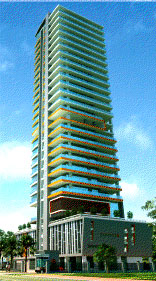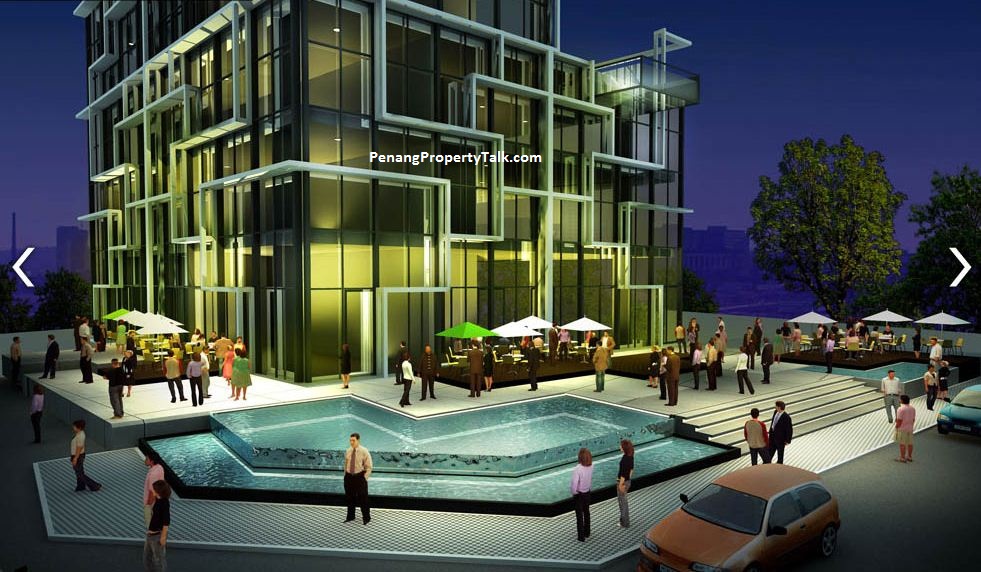Set higher salary limit for properties in the major urban centres
PETALING JAYA: There should be a higher limit on monthly income and property prices under the Government's My First Home scheme in the Klang Valley and major urban areas like Johor Baru and Penang.
Property consultancy Rahim & Co executive chairman Datuk Abdul Rahim Rahman said it was not realistic to have the same limit on monthly income and property prices under the scheme across the country.
“While more research is needed, I think that it is justifiable to raise the monthly income limit to RM5,000 and property price to RM350,000 in major urban areas,” said Abdul Rahim in an interview.
Abdul Rahim said the current scheme was feasible in Kelantan, Terengganu, parts of Kedah and Johor, and remote areas in Selangor. “However, the scheme should reflect the higher land values, living costs and incomes in the Klang Valley.”
Real Estate and Housing Developers' Association president Datuk Michael Yam also shared Abdul Rahim's opinion.
“The minimum value of RM100,000 for the My First Home scheme should be set aside so that those who are not entitled to RM42,000 low-cost homes can also have opportunities to own a housing unit,” said Yam.
It had been reported that the Government was looking at providing land for private property developers to build affordable housing for those who qualified under the scheme.
“There are also issues such as land matters that come under the state's jurisdiction.
“If private property developers are charged market value for the land, this scheme is not going to be feasible – especially in the Klang Valley,” said Abdul Rahim.
Yam pointed out that land generally constituted 20% of the total gross development cost of stratified properties.
“The bulk of the cost – 60% to 70% – goes into construction, professional fees, utility contributions, interest cost and cross subsidies.
“The challenge that the Government and developers will face is to find the right location, building type and costing to make this work for the scheme despite the land being free,” said Yam.
SOURCE: The Star


